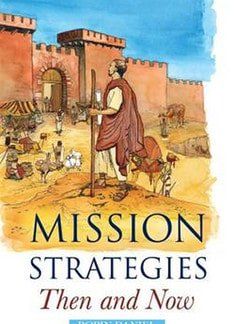The stated purpose of this book is to review the re-emergence of Christianity in the Muslim world. Garrison was motivated to write it by the high number of Muslim conversions to Christ during the last 100 years, particularly in the 21st century. Prior to this, there had been no significant moves to Christianity from Islam since the latter’s dawn in the seventh century.
Garrison has four declared goals in writing the book: first, to describe accurately movements from Islam to Christianity; second, to learn ways God is at work across the Muslim world; third, to encourage Muslims coming to faith in Christ to see that many others are moving in the same direction; fourth, to challenge Christians everywhere not to fear and hate Muslims, but engage them with the gospel of Jesus Christ.
The book is divided into three parts. Part 1 provides historical background and describes the research employed to gather information. The results of this are described in part 2. It makes encouraging reading.
Movements to Christ are described and testimonies given. There are nine chapters in this section, each describing a different geographic or ethnic area. These areas stretch eastward, from north Africa to Indonesia. Response to the gospel has varied within the Islamic world, but in every area people are coming to the Christian faith. In my opinion, this part goes a long way to meeting the author’s first three goals.
Goal number four is met in part 3, where Garrison analyses the research and urges Christians to reject hatred and fear. Western-based Christians are encouraged to reach out to Muslim immigrants in their own countries. Garrison also highlights ten factors he perceives the Lord uses to bring Muslims to faith in Christ. These include faithful prayer, Bible translation, faithful Christian witness, the work of the Holy Spirit, and an increasing disillusionment with Islam.
Some readers may be put off by references to dreams and visions. Don’t be. Nowhere in the book is it even hinted that this kind of thing is more important than Scripture. The contrary is the case, as on each occasion the dreams/visions led people to someone who explained Scripture and the way of salvation to them.
Evangelising Muslims can be slow, with frequent discouragements. This book suggests that the tide is turning and may already have turned, in terms of people leaving Islam and becoming Christians. There is still much to be done in terms of sowing and prayer, but this book stands as a great encouragement in winning Muslims to Christ.
Jon le M. Trac
Kendal


















